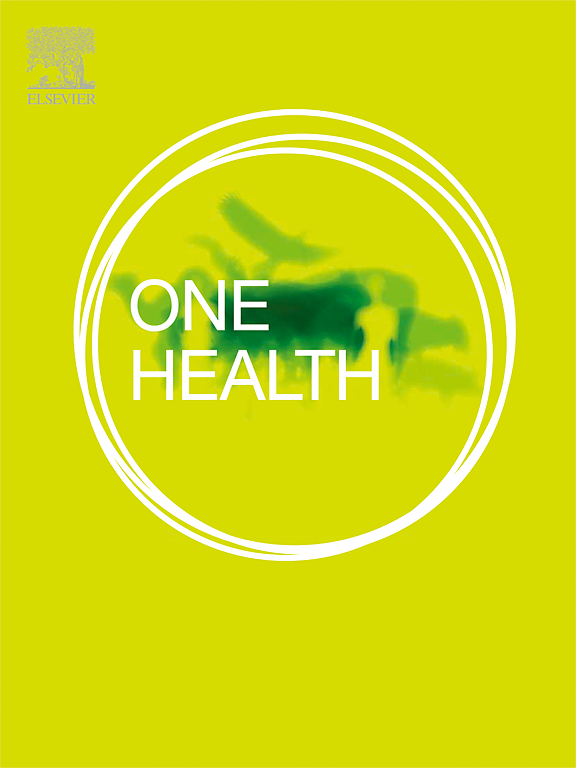Comprehensive analysis of West Nile Virus transmission: Environmental, ecological, and individual factors. An umbrella review
IF 4.1
2区 医学
Q1 INFECTIOUS DISEASES
引用次数: 0
Abstract
Background
West Nile Virus (WNV) exemplifies the complexities of managing vector-borne diseases, expanding globally due to human activities and ecological changes. Originating from Africa and transmitted by Culex mosquitoes, WNV is now reported across multiple continents. The aim of this study was to identify the environmental, ecological, and individual factors influencing WNV transmission.
Methods
An umbrella review was conducted. Comprehensive searches were performed in PubMed, Scopus, Web of Science, Embase, and LILACS. Inclusion criteria were reviews involving WNV transmission agents (reservoirs, vectors, hosts) and associative analyses between environmental, ecological, or individual factors and WNV transmission. Data extraction and quality appraisal were performed using templates and the AMSTAR 2 tool.
Results
From 404 retrieved studies, 23 systematic reviews and meta-analyses were included. Almost 70 % were low or critically low quality. The co-occurrence network highlighted emerging research on climate change and environmental factors. Temperature, precipitation, and land use significantly influence WNV transmission. Warmer temperatures enhance mosquito populations and viral replication, while extreme weather events like droughts increase mosquito-human contact. Climate change significantly contributes to WNV dynamics by altering temperature and precipitation patterns, enhancing vector proliferation, and extending transmission seasons. Ecological factors such as higher avian diversity, vegetation indexes, and distribution of mosquito species can impact WNV transmission significantly. Education and income levels influence preventive behaviors and infection risk, with lower socioeconomic status linked to higher WNV risk. Certain occupational groups are also at elevated risk of WNV infection.
Conclusion
Environmental factors like temperature and precipitation critically affect WNV transmission by influencing mosquito behavior and avian reservoir dynamics. Socio-economic status and education levels significantly impact individual preventive behaviors and infection risk. Multifactorial influences on infection risk make necessary integrated surveillance systems and public health strategies. Longitudinal studies with One Health approaches are necessary to better understand WNV dynamics and reduce WNV transmission.
求助全文
约1分钟内获得全文
求助全文
来源期刊

One Health
Medicine-Infectious Diseases
CiteScore
8.10
自引率
4.00%
发文量
95
审稿时长
18 weeks
期刊介绍:
One Health - a Gold Open Access journal.
The mission of One Health is to provide a platform for rapid communication of high quality scientific knowledge on inter- and intra-species pathogen transmission, bringing together leading experts in virology, bacteriology, parasitology, mycology, vectors and vector-borne diseases, tropical health, veterinary sciences, pathology, immunology, food safety, mathematical modelling, epidemiology, public health research and emergency preparedness. As a Gold Open Access journal, a fee is payable on acceptance of the paper. Please see the Guide for Authors for more information.
Submissions to the following categories are welcome:
Virology,
Bacteriology,
Parasitology,
Mycology,
Vectors and vector-borne diseases,
Co-infections and co-morbidities,
Disease spatial surveillance,
Modelling,
Tropical Health,
Discovery,
Ecosystem Health,
Public Health.
 求助内容:
求助内容: 应助结果提醒方式:
应助结果提醒方式:


